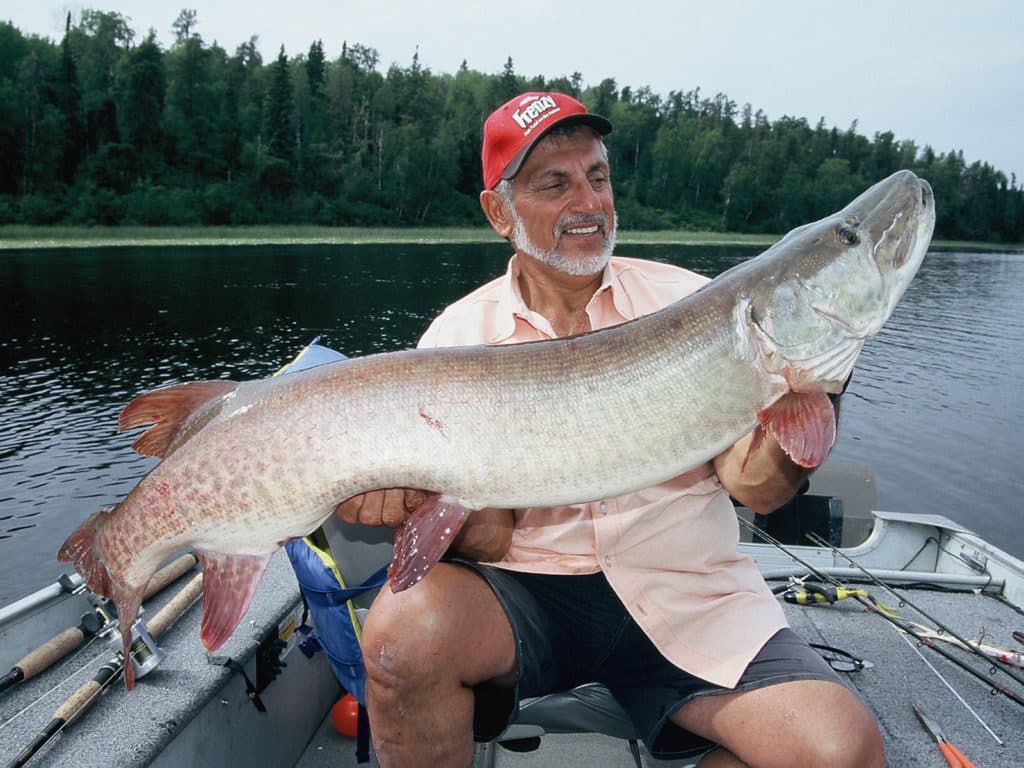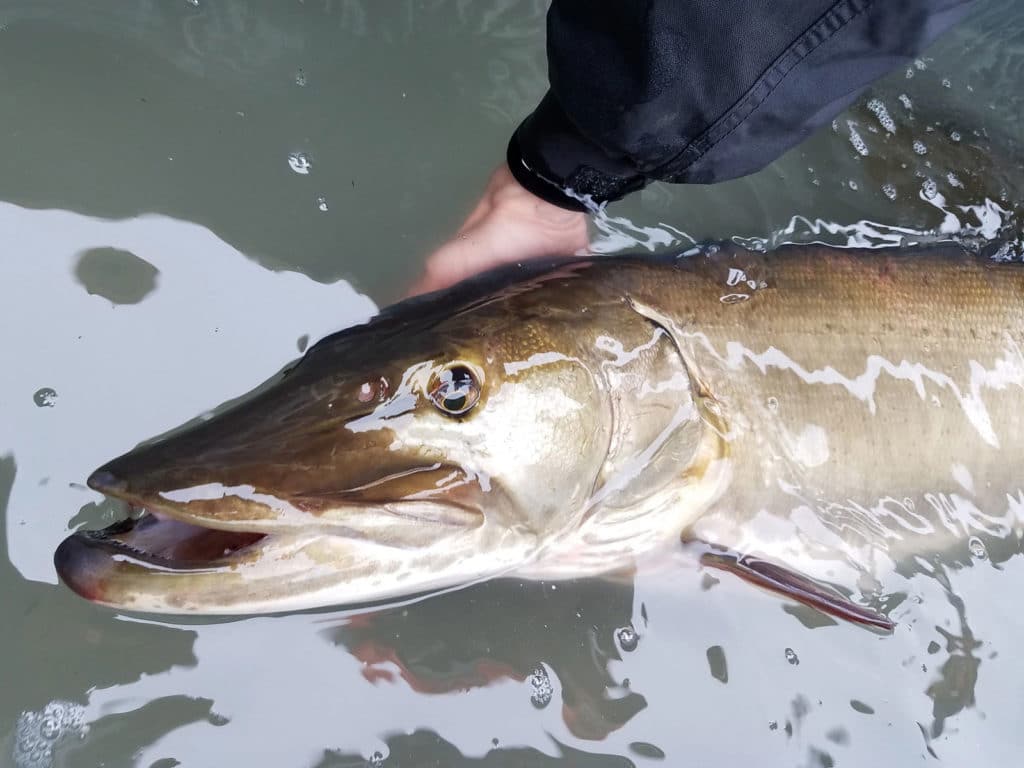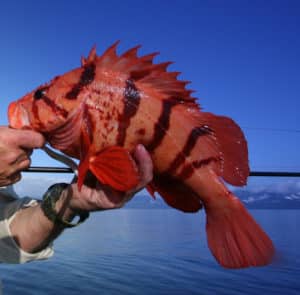
In freshwater, there’s no more prized gamefish than the mighty muskellunge. Muskies grow big, fight like banshees, and have an impressive set of teeth. Because their stomachs are so large, muskies can eat baitfish or other pike up to two-thirds of their own body length. To add to the dreamy-eyed mystique, they are considered among the most difficult freshwater fish to tempt into striking artificial lures.
University of Illinois researchers studied muskies to learn what makes them strike. It’s fair to say they answered the question, “Why are muskies the fish of 10,000 casts?” They learned plenty about the toothy freshwater predators, including great insight for those who pursue them.
“Our results clearly show [catching] muskies is not random,” University of Illinois professor Cory Suski said, in a news release. “There are behavioral traits that predispose these fish to capture (aka being caught by anglers). We need to use best practices to try and protect those traits and keep those individuals around so we can keep fishing long term.”
Studying Muskie Behavior
Suski and grad student John Bieber evaluated 68 young muskies in university lab tanks before releasing the fish to an outdoor pond. In the tanks, Suski and Bieber noted muskie behavioral profiles, such as aggression, activity, boldness and exploration. After the muskies were released into the pond, they fished the pond every day for over a month to learn more about the fish.
“After 35 days throwing our whole [lure] arsenal at them, every combination of time of day, lure, and casting style, we can verify muskies are indeed the fish of 10,000 casts,” reported Bieber. “We only caught seven fish. In addition, we saw catch rates decline very rapidly after the first several days.”
Muskies are dedicated sit-and-wait predators, says Bieber, meaning they often wait under a log, in dense weeds, nearby some other structure, or just hang along favorable bottom until prey comes within reach.
“Then, they’ll burst out to take the prey,” he adds. “The ‘exploratory’ muskies won’t strike because they are roaming around a lake trying to find shelter or get more comfortable.”
How to Target Muskies

Bieber points out that if an angler goes around a lake casting randomly, that’s not a good plan to catch a muskie.
“You have to get your lure perfectly in the face of a muskie of the appropriate behavior type, likely [one] that is sedentary and poised to attack, to be able to initiate a strike,” Bieber reports.
He believes fishermen should target the less aggressive and less exploratory muskies in a population. That’s the best opportunity to trick a muskie into biting a lure. The less aggressive and less exploratory muskie traits actually make those fish more likely to strike lures, which almost seems counterintuitive. Therefore, the researchers point out, anglers and fisheries managers should pay extra care not to harm fish with these characteristics, so the muskies can reproduce and disseminate such traits.
Catch and release is key to improved muskie fishing, according to Suski. Landing fish quickly and releasing them carefully is vital to minimize impact on muskies, making sure they survive, passing on desirable “catchable” traits for anglers.
Why are Muskies so Hard to Catch?
“They’re sedentary and they hide, so you have to cast where they are,” Suski states. “And we have anecdotal evidence that these fish seem to learn when anglers are around and actively avoid lures. Then there’s the historical context. Years ago, people would harvest muskies. If they were taking vulnerable fish out of the population, then you just have hard-to-catch fish left today.”








